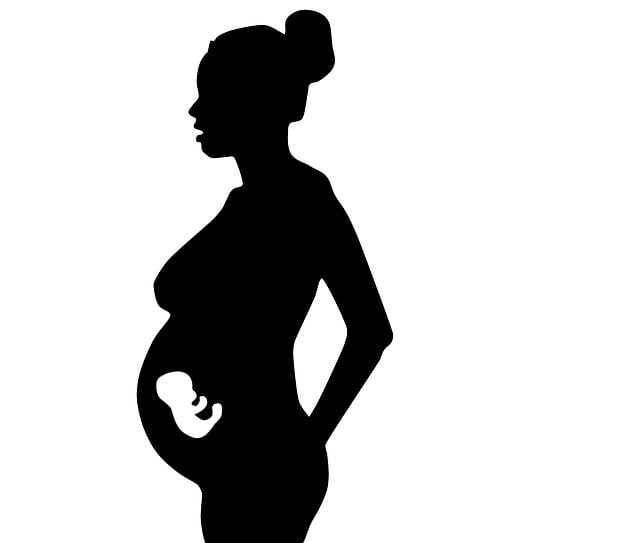“Can we watch a movie together in the living room this morning?” I ask with as much cheerfulness as I can muster.
“Yes! The Grinch! No school today, Mommy?” my 4-year-old daughter, Lily, responds, her brow furrowing in confusion.
“Not right now. Mommy’s in too much pain to drive you to school, so can you come upstairs and rest with me?”
Lily reaches out with her small, soft hand and takes mine. “Of course, Mommy. I’ll hold your hand,” she replies sweetly.
I shuffle up the stairs, clutching her hand, desperately battling the tears threatening to spill from my eyes. I can pretend that endometriosis doesn’t affect my life, but the truth is that this invisible illness has profound impacts. While my external appearance may not show the disease (except for the scars that tell the story of unsuccessful surgeries), the pain resides deep within.
Endometriosis causes intense pain, primarily during ovulation, PMS, or menstruation, yet flare-ups can occur unexpectedly, incapacitating a woman for days. It’s not merely “bad cramps”; it’s a level of agony that is often unimaginable. Over-the-counter medications frequently provide little relief, and the struggle is real—no one is exaggerating their suffering.
Previously, endometriosis has hindered my ability to work, run errands, prepare meals, and maintain a fitness routine. However, the inability to take my child to school has taken this challenge to a new depth. Witnessing the effects of my condition on Lily’s life is heart-wrenching. Guilt washes over me, leaving me feeling like a less-than-ideal mother.
As we slowly ascend the stairs, the pain intensifies, feeling akin to an unending contraction. With every step, I feel increasingly dizzy and emotional. I remind Lily, “If something happens to Mommy, and I fall or can’t wake up, run outside and ask for help from a neighbor, alright?” I know that the house alarm will notify emergency services when she opens the door.
The thought of her witnessing my collapse is unbearable. I can only imagine the fear that would overcome her.
Once we reach my bed, I’m grateful to lie down, alleviating the risk of fainting in front of her. I press play on the movie, and she snuggles in beside me, her eyes filled with concern.
“Is it because you’re bleeding again?” she asks innocently. Despite our attempts to explain menstruation, it seems she’s missed some details.
“Yes,” I respond gently.
“Will I bleed like that when I’m older?” she wonders aloud.
“Sort of, but you won’t hurt like Mommy does,” I assure her, though I know this isn’t entirely accurate.
Endometriosis occurs when tissue similar to the lining of the uterus grows outside of it, affecting the ovaries and bowels and causing chronic pelvic pain, debilitating periods, and even infertility. Research indicates a genetic connection—endometriosis can run in families.
While I want to protect my children from my pain, they can see its effects. I can only advocate for awareness and push for more research, so future generations don’t endure the same suffering. It’s vital for my daughters to understand that I am not weak, and neither are the countless other women battling this disease.
Celebrities like Mia Thompson, who recently took a break from her career to manage her endometriosis, exemplify strength. Similarly, renowned chef and author, Sarah Johnson, has turned her struggles into advocacy through her writings.
Despite the growing awareness, many medical professionals still downplay the suffering of endometriosis patients, suggesting that they are merely overreacting. Imagine a young girl in agony being told to “toughen up” or “it’s not that bad.” This reality is far too common.
We must change the narrative surrounding endometriosis. We need to unite in support of those suffering and invest in research for viable treatments. This March, during Endometriosis Awareness Month, let’s commit to helping the women and mothers in our lives who are affected by this disease. By doing so, we can work towards a future where young girls have a chance to live healthy, happy lives without the burden of endometriosis.
For more information on pregnancy and home insemination, visit WomensHealth.gov. If you’re interested in home insemination kits, check out this in-depth article or our trusted syringe kit combo.
Summary:
Endometriosis is an invisible yet debilitating condition that can deeply impact a woman’s ability to parent and navigate daily life. This article highlights the struggles of a mother dealing with endometriosis while raising her daughter. It emphasizes the need for awareness, support, and medical understanding of the condition. By advocating for more research and sharing personal stories, we can work toward alleviating the burden of endometriosis and ensuring future generations are not affected.
Keyphrase: endometriosis and motherhood
Tags: [“home insemination kit” “home insemination syringe” “self insemination”]
